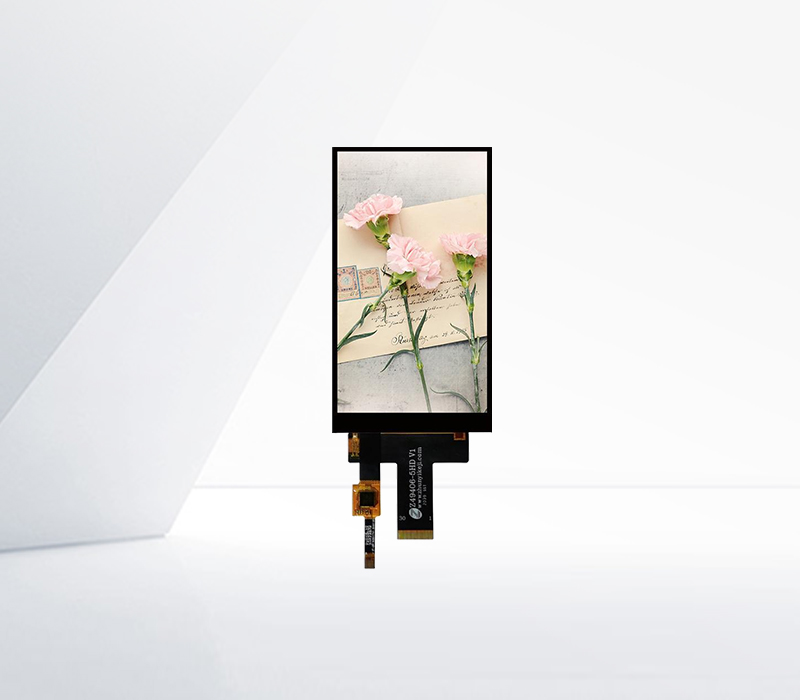




OLED screen burn-in, or image retention, is a persistent issue where static images leave a faint, permanent ghost on the display. This phenomenon stems from the fundamental structure and operation of OLED technology, involving organic material degradation and uneven pixel wear.
Organic Material Degradation
OLED pixels emit light through organic compounds that degrade over time when exposed to electrical current. Each pixel (red, green, blue) uses different organic materials with varying lifespans—blue OLEDs degrade fastest due to their higher energy requirements. When a static image (e.g., a navigation bar, logo, or news ticker) is displayed for extended periods, the pixels showing that image are activated more frequently, causing their organic layers to deteriorate faster than surrounding pixels. This imbalance results in uneven brightness: worn pixels emit less light, creating a visible ghost of the static image even after it is removed.
Uneven Pixel Usage
Static content leads to uneven pixel activation. For example, a smartphone’s status bar remains at the top, activating the same row of pixels continuously. Over time, these pixels lose luminance faster than those in dynamic areas (e.g., scrolling text). Unlike LCDs, which use a backlight and filters, OLEDs rely on individual pixel self-emission, so there is no backlight to mask luminance differences. This makes burn-in more noticeable, especially in high-contrast scenarios like dark backgrounds with bright static elements.
Voltage and Temperature Effects
Higher voltages accelerate organic material breakdown. Pixels displaying bright colors (white, yellow) operate at higher voltages, increasing degradation rates. Similarly, elevated temperatures—from device overheating or ambient heat—speed up chemical reactions in the organic layers, exacerbating wear. Devices used in hot environments or with poor thermal management are more prone to burn-in.
Manufacturing Variability
Minor inconsistencies in organic layer deposition during manufacturing can cause some pixels to degrade faster than others. Even with strict quality control, these variations make certain areas more susceptible to burn-in when subjected to static content.
While modern OLEDs include mitigation techniques—pixel shifting, brightness limiting, and automatic dimming of static elements—these only delay, not eliminate, burn-in. The root cause remains the inherent vulnerability of organic materials to prolonged, uneven activation, making careful usage (avoiding static images) critical for extending OLED lifespan.
